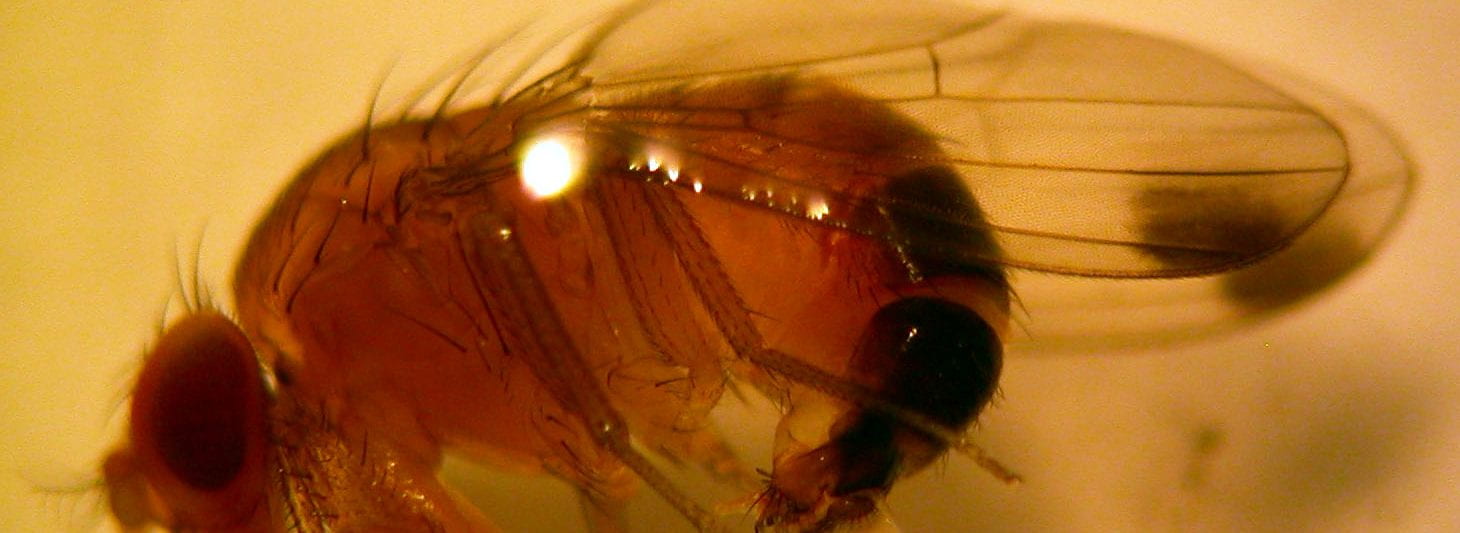Five females and one male SWD were caught in four traps set in a raspberry planting. Wow! That’s enough females to lay about 1750 eggs over the next few weeks. These traps, checked on June 24, 2019, are being monitored by Crystal Stewart and Natasha Field, Cornell Cooperative Extension Eastern NY Commercial Horticulture Program.

Raspberries are not yet ripe at this location. BUT — when they are they will be prime targets for SWD infestation. Raspberries are just about the most susceptible fruit crop grown in New York State.
Comprehensive information on SWD IPM is available in the IPM Guide from the NE IPM Center SWD Working Group:
Spotted Wing Drosophila IPM in Raspberries & Blackberries
neipmc.org/go/swdpub1
Consult Cornell Fruit Resources SWD Management, fruit.cornell.edu/spottedwing/management/. Refer to the Cornell Guidelines, cropandpestguides.cce.cornell.edu/. Commercial growers should have the 2019 versions of the Berry Crops, Tree Fruit, or Grape Guidelines.
Download the quick reference guide for berry insecticides labeled for use against SWD and plan accordingly:
www.hort.cornell.edu/fruit/pdfs/swd/berry-insecticides.pdf

